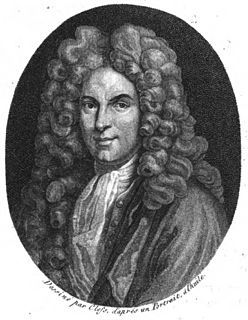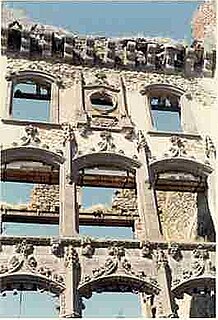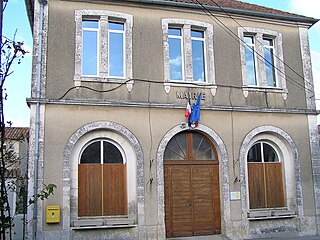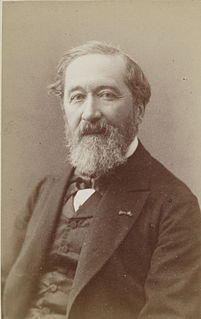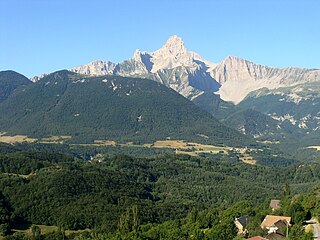The Institut Géographique National (English: National Geographic Institute) or IGN is a French public state administrative establishment founded in 1940[1] to produce and maintain geographical information for France and its overseas departments and territories.
“Intense cartographic work planned for the beginning of the war was stopped by the defeat of France in June 1940. Shortly afterward the great map service known to the world as the Service Géographique de l’Armée Française was demilitarized and renamed Institut National Géographique. Under this label, which it still bears, it continued to function, its activities including the opening of a new school for cartographers in the famous building of the Hotel de Rohan in Paris. A few more sheets of the 1:50,000 map of France were published. The main progress was achieved by the African Army Map Service, which was able to pursue field work, particularly in the Sahara. The list of maps of French Africa have lengthened notably." [3]
Recent developments
Its activities abroad begin into 1986 within a new subsidiary private company IGN France International.
From 2000, the IGN develops the concept of Reference frame on a Large Scale (référentiel à grande échelle = RGE); it is a question of completing within a deadline short digitalization the cartography of the French territory with a meter scale and according to four components: topography, land registry and address. This RGE is entirely completed at the end of 2008. Then it enter in a cycle of maintenance In June 2006, the IGN opened the service Géoportail allowing the cartographic visualization of the French territory on a Web navigator and using on one hand funds of air photographs and on the other hand the digitized maps to the 1/25 000. “Phase 2” of Géoportail was put on line one year later, with a new ergonomics.
At the end of 2006, the IGN was implied in the production of a receiver GPS, for the excursion and automobile navigation, called Evadeo. The software of navigation was provided by BCI navigation (replaced in 2008 by CompeGPS), the road data are of Navteq and it puce GPS of SiRF, and the IGN provides a part with extracts of its maps at various scales.
In June 2007, the IGN started offering a service whereby it is possible to have a map printed centred on any location in France. This is similar to the service offered in Great Britain by the Ordnance Survey.
In July 2007, Géportail - an online map service - began offering 3D movable views in a similar style to GoogleEarth. To use this function, it is necessary to install the plugin TerraExplorer.
History
The IGN is the successor to the geographical Service of the Army (SGA), which was founded in 1887 and disbanded in 1940. The old maps produced by the SCA were divided into two batches: one which remained at the Institute and one which joined the military files of Vincennes. The general Louis Hurault, who was at the origin of these modifications, was the first director of the IGN. He tried, in vain, to recover the material shared by the Germans. A law in ten articles is signed the 14 in order to define the functions of the IGN. The statutes had been signed the 8. This established, in example, the national School of geographical sciences in order to train Cartographical engineers.
During the Second World War, the IGN became famous for its counterfeiters. The cartographers are indeed experts in penmanship and the material necessary to the production of fake identity papers was available to the Institute. Certain engineers of the IGN were in contact with the services of allied information based in London. In secret, they brought a complete set of maps to London covering France and North Africa in order to replace maps destroyed in a bombardment.
The agents of the IGN took an active part in armed resistance in 1943. Several agents were shot by the Germans or died in action. Between September 1944 and on May 8, 1945, the IGN was under the control of the “provisional government” and most of its personnel and of his services are transformed into “military geographical Service”. At the end of the war, the IGN received the thanks of Generals Bradley and Eisenhower.
Between 1945 and 1946, the debate is intense concerning the future of the IGN, last creation of the Third Republic. A law is finally signed the 8. It confirms the membership of the IGN to the Ministry of works and create the “geographical Section of staff of the Army”, new section in charge of the military map.
In 1947, the IGN receives the mission of covering the whole France, but also all the dependents’ territories, like North Africa, Western Africa, Madagascar, the countries associated with Indochina and the departments and overseas territories. The task is considerable with more than 12 million km ² being covered. The independence of these countries will have as a consequence the creation of national services in each country (examples: DTGC in Senegal, IGN-N in Niger).
The IGN then initiates a period of active co-operation with the majority of these organizations by providing some engineers of the IGN and also receive the students of the ENSG who intended to become the executives of the cartographic services of new independent countries. The activity of the IGN apart from the French territory also develops by the control geodesic project(Ecuador 1975, Libya 1979, Saudi Arabia 1981), of cartography (Saudi Arabia, Burundi, Senegal, Mali, Ivory Coast, Togo, Benin…).
1982 to 1988, the control of a large topometric project and numerical cartography in Riyadh is the occasion to massively introduce digital techniques into the processing production; in parallel, the idea of a topoland data base emerges at meetings of the “national Commission of the geographical information” chaired by Guy Lengagne; this commission returns his report in 1983 and outlines numerical geographical information then in agreement with the period of the basic map with 1:25 000. Publicly owned establishment related to administration since the January 1, 1967, it is placed under the supervision of the ministry for Transport, the equipment, tourism and the sea.
In 1971, the IGN and the CNES form the “Group of research of geodesic space”. This collaboration between the IGN and the CNES continues with the launching of the program SPOT the 5. The launching of satellite SPOT-1 takes place the 22.Six days after take SPOT-1 in orbit, the IGN create its programme of “data bases launches”, the “data bases”. The data base of the cities, the data base of leveling distribution, the data base of geodesic distribution, the aerial missions data base and the toponyms data base were progressively establish . The “Topo data base”, bases of topographic data digitized, covers from now on the whole France and include nearly two million toponyms .


